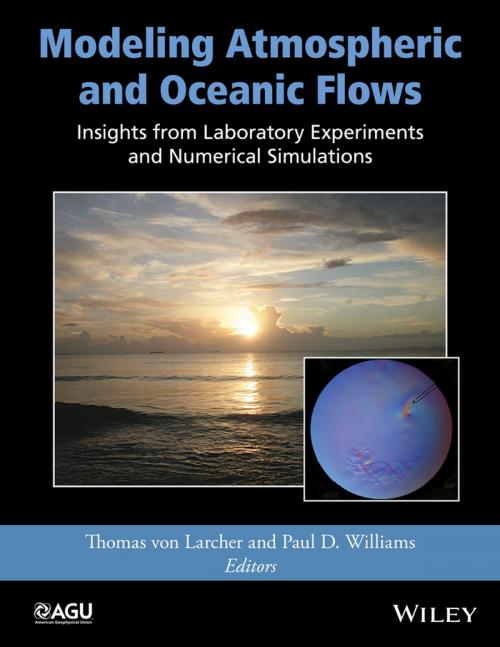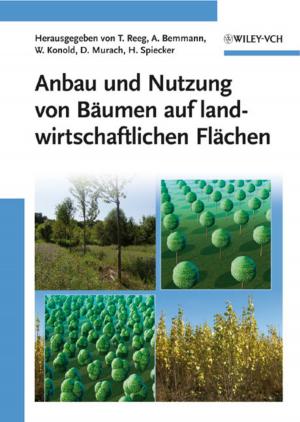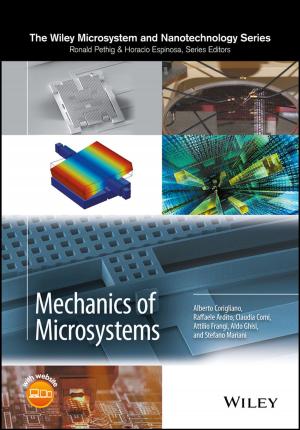Modeling Atmospheric and Oceanic Flows
Insights from Laboratory Experiments and Numerical Simulations
Nonfiction, Science & Nature, Science, Biological Sciences, Environmental Science| Author: | Thomas von Larcher, Paul D. Williams | ISBN: | 9781118855928 |
| Publisher: | Wiley | Publication: | October 30, 2014 |
| Imprint: | American Geophysical Union | Language: | English |
| Author: | Thomas von Larcher, Paul D. Williams |
| ISBN: | 9781118855928 |
| Publisher: | Wiley |
| Publication: | October 30, 2014 |
| Imprint: | American Geophysical Union |
| Language: | English |
Modeling Atmospheric and Oceanic Flows: Insights from Laboratory Experiments and Numerical Simulations provides a broad overview of recent progress in using laboratory experiments and numerical simulations to model atmospheric and oceanic fluid motions. This volume not only surveys novel research topics in laboratory experimentation, but also highlights recent developments in the corresponding computational simulations. As computing power grows exponentially and better numerical codes are developed, the interplay between numerical simulations and laboratory experiments is gaining paramount importance within the scientific community. The lessons learnt from the laboratory–model comparisons in this volume will act as a source of inspiration for the next generation of experiments and simulations. Volume highlights include:
- Topics pertaining to atmospheric science, climate physics, physical oceanography, marine geology and geophysics
- Overview of the most advanced experimental and computational research in geophysics
- Recent developments in numerical simulations of atmospheric and oceanic fluid motion
- Unique comparative analysis of the experimental and numerical approaches to modeling fluid flow
Modeling Atmospheric and Oceanic Flows will be a valuable resource for graduate students, researchers, and professionals in the fields of geophysics, atmospheric sciences, oceanography, climate science, hydrology, and experimental geosciences.
Modeling Atmospheric and Oceanic Flows: Insights from Laboratory Experiments and Numerical Simulations provides a broad overview of recent progress in using laboratory experiments and numerical simulations to model atmospheric and oceanic fluid motions. This volume not only surveys novel research topics in laboratory experimentation, but also highlights recent developments in the corresponding computational simulations. As computing power grows exponentially and better numerical codes are developed, the interplay between numerical simulations and laboratory experiments is gaining paramount importance within the scientific community. The lessons learnt from the laboratory–model comparisons in this volume will act as a source of inspiration for the next generation of experiments and simulations. Volume highlights include:
- Topics pertaining to atmospheric science, climate physics, physical oceanography, marine geology and geophysics
- Overview of the most advanced experimental and computational research in geophysics
- Recent developments in numerical simulations of atmospheric and oceanic fluid motion
- Unique comparative analysis of the experimental and numerical approaches to modeling fluid flow
Modeling Atmospheric and Oceanic Flows will be a valuable resource for graduate students, researchers, and professionals in the fields of geophysics, atmospheric sciences, oceanography, climate science, hydrology, and experimental geosciences.















